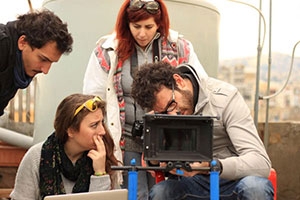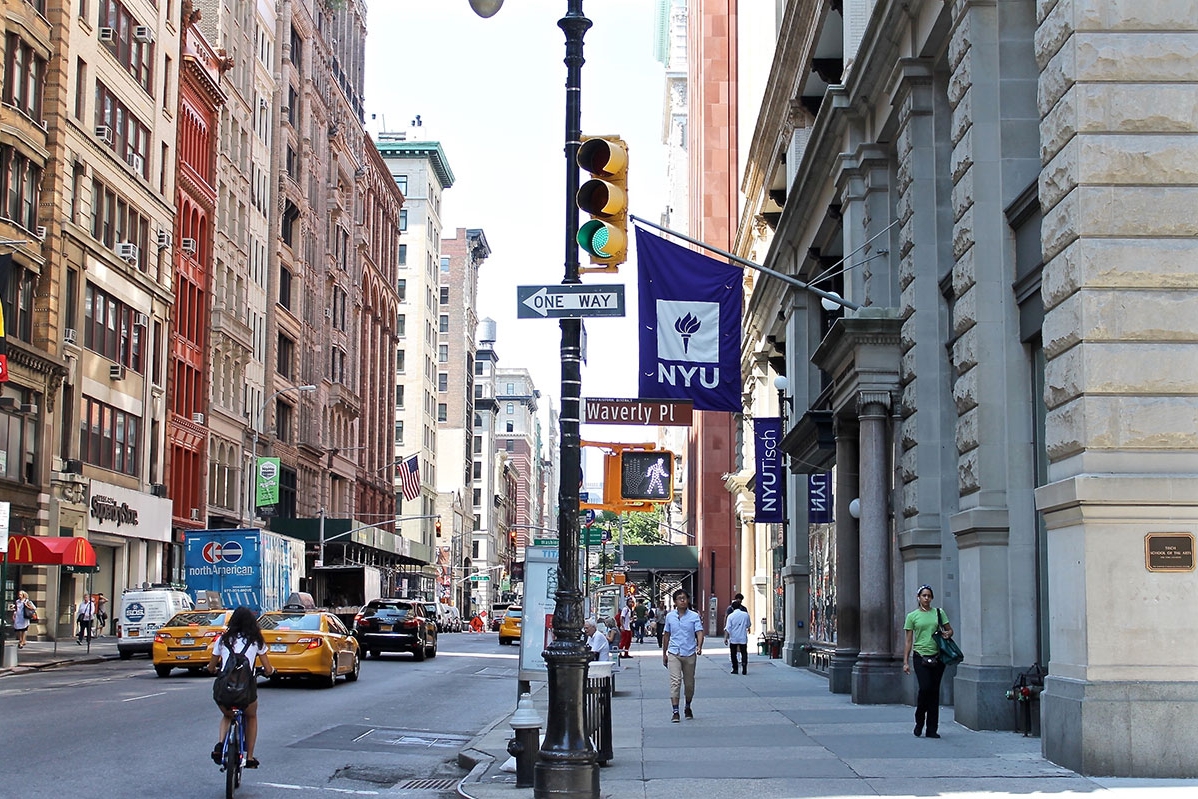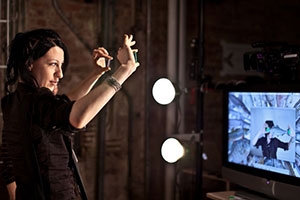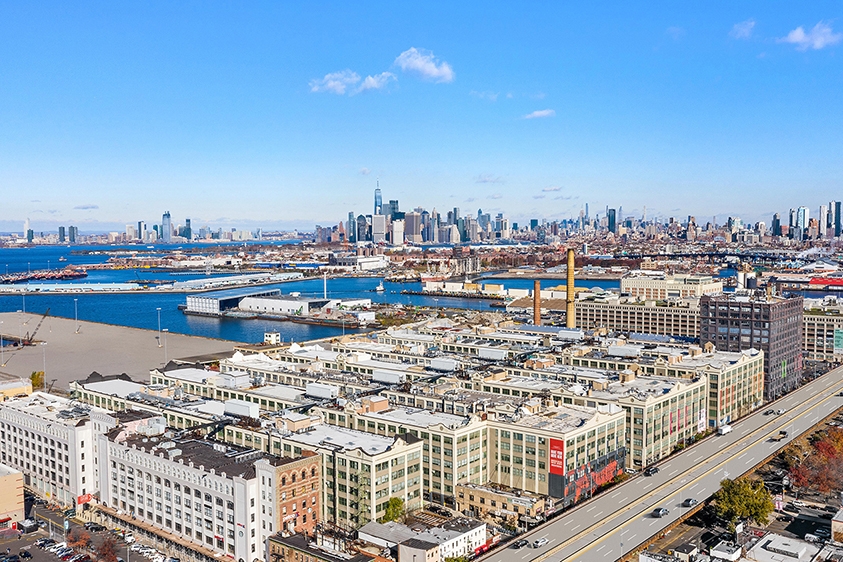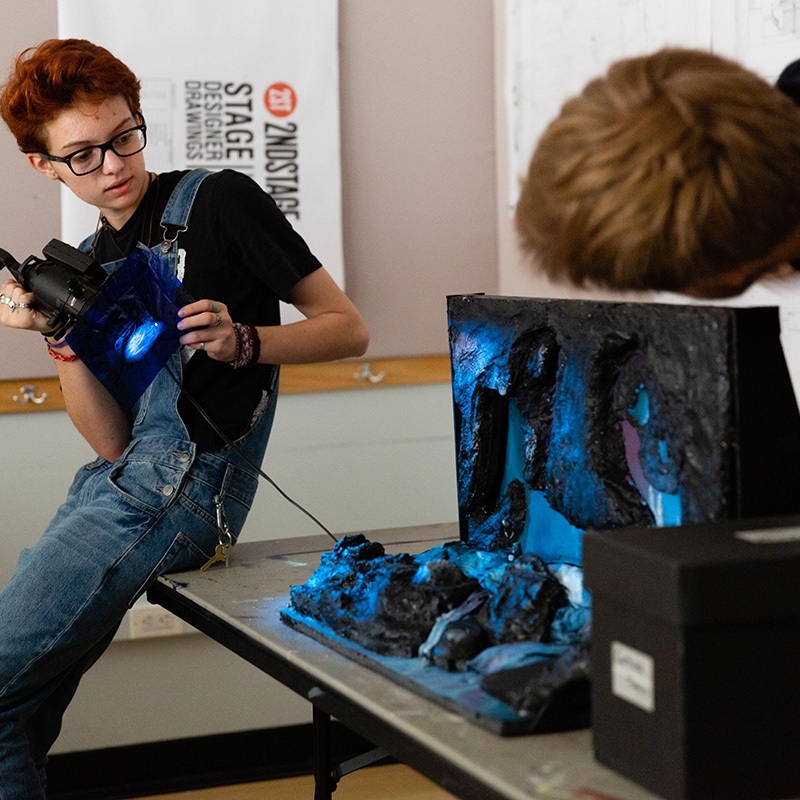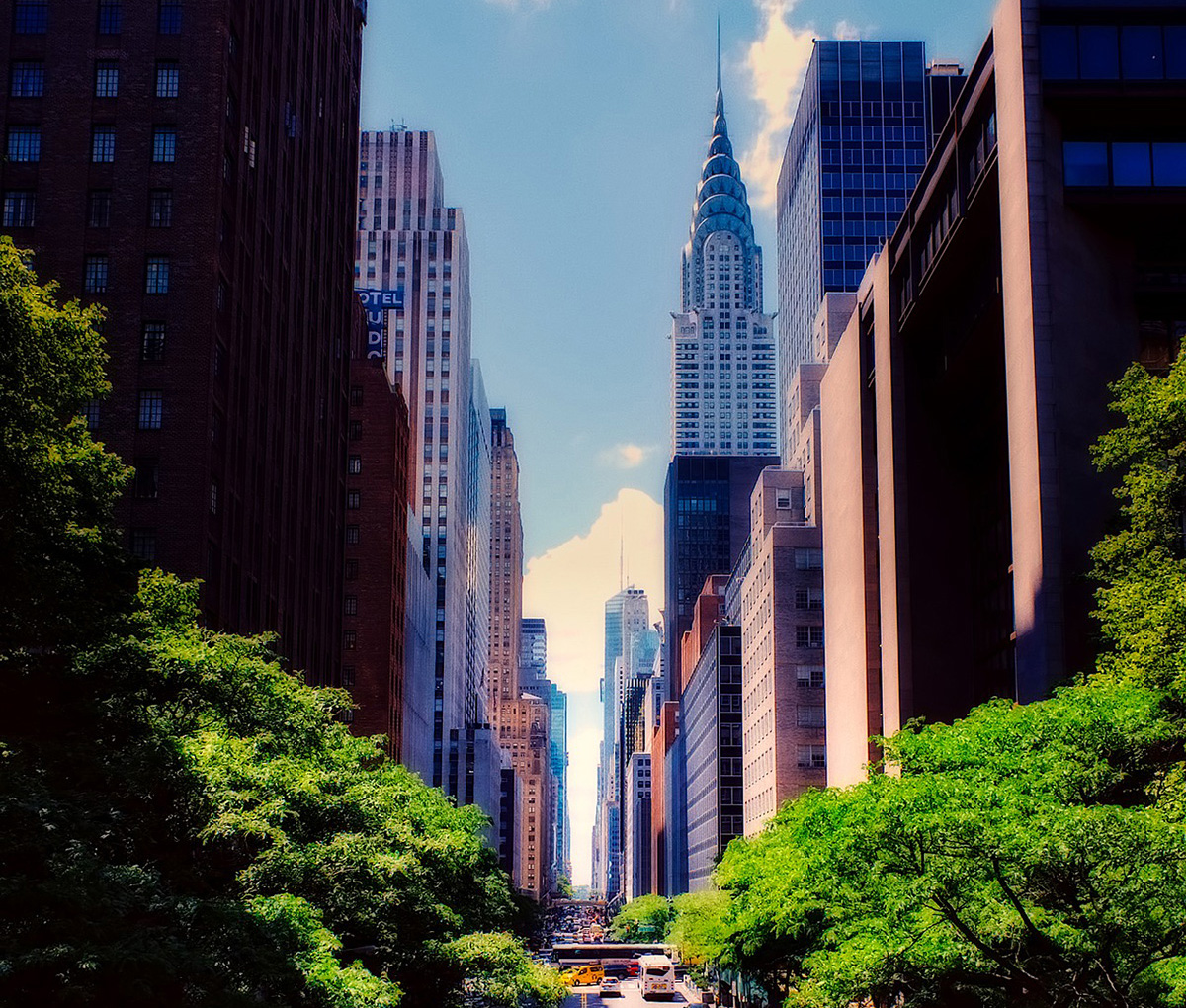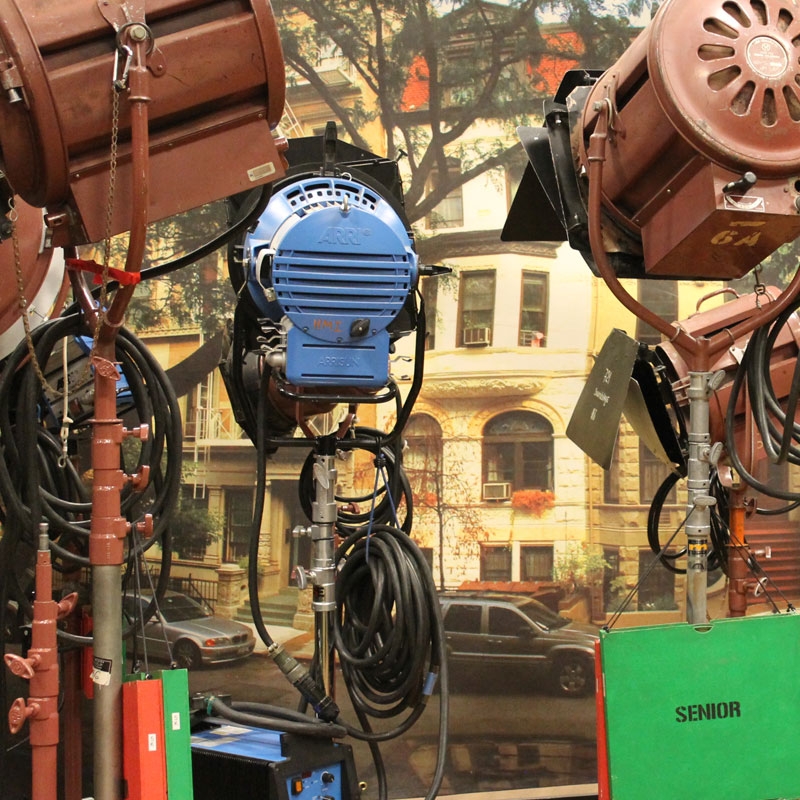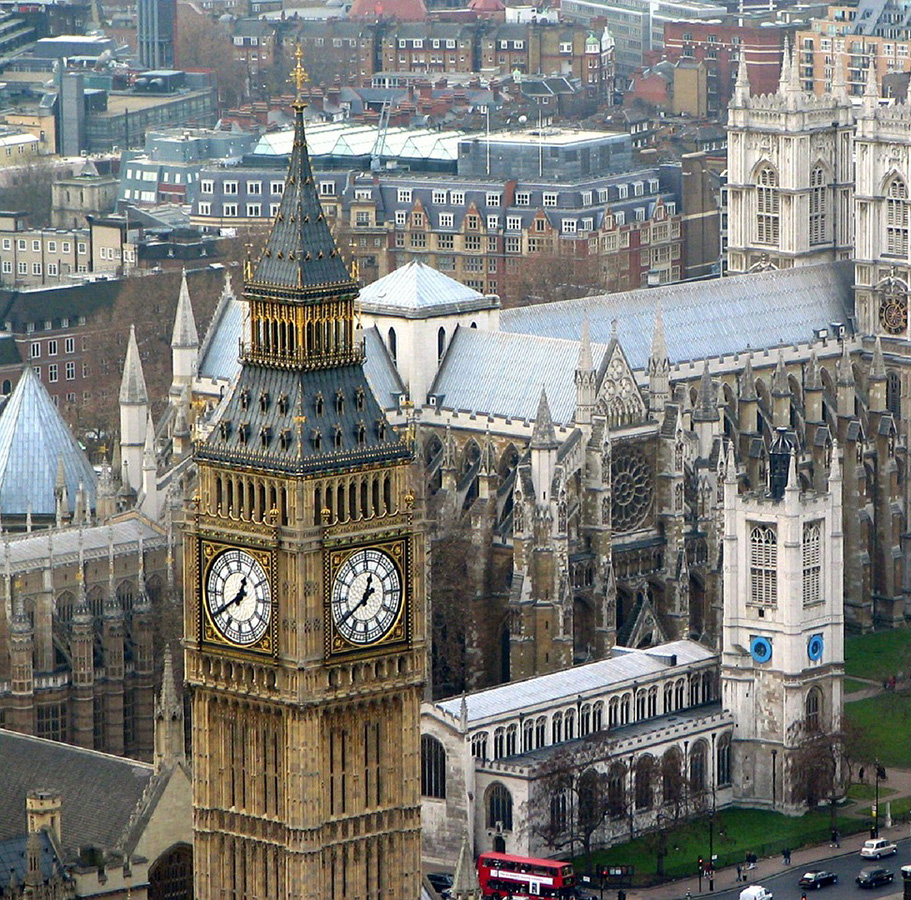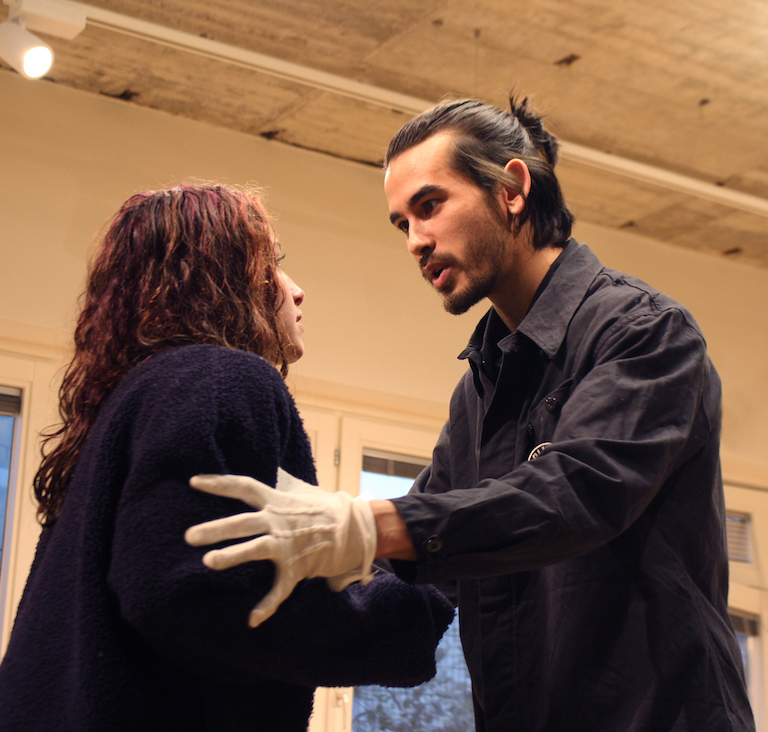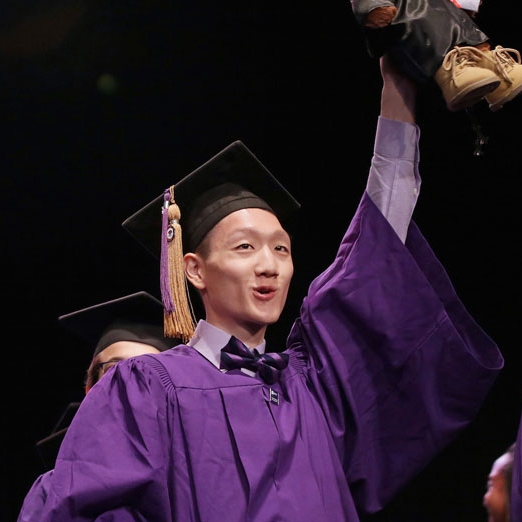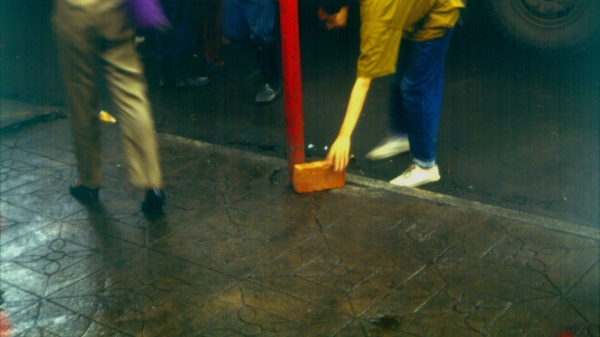After Concrete Architecture:
Li Juchuan in Conversation with Professor Thomas Looser
Tuesday, September 17, 4–5:30pm
New York University | The Great Room (R102), 19 University Place
In 1996, Li Juchuan drafted a semi-manifesto “Concrete Architecture,” declaring his approach to architecture that both penetrates and transcends the very discipline at that time in China. For him, Concrete Architecture concerns the question: how does architecture become possible, at this time, at this place, for one as an individual? Architecture is a privileged lens through which Li’s performances, videos, and site-specific installations are understood. Particularly, video was the new site and material for architecture, allowing new possibilities for architecture. Two decades after the manifesto, what have changed and what remained the same? How does architecture become possible now, when the condition of urban dwelling has completed transformed?
Following a brief presentation on his past work and current exhibition at SLEEPCENTER, Li will engage in conversation with Professor Thomas Looser, Associate Professor of East Asian Studies at NYU.
Co-sponsored by NYU Department of East Asian Studies and the Asian Film and Media Initiative in the Department of Cinema Studies.
Juchuan Li (Shashi, 1964) is an associate professor at Hubei Institute of Fine Arts. He graduated from Wuhan Institute of Urban Construction (now Huazhong University of Science and Technology), and had taught at Wuhan University of Technology and Nanjing University. Since the 1990s, Li’s architectural practices have involved various mediums including performance, video, photography, site-specific installation, as well as writing, teaching and curating. He was the founding editor of the independent journal Architecture Bulletin in 2001. Against a real estate developer encroaching public land, he initiated the activist art project “Everyone’s East Lake” with Li Yu in 2010.
Selected group exhibitions Li participated include: Demonstration of Video Art ’97 China (the Central Academy of Art, 1997); The 1st Liang Sicheng Architecture Biennale (National Art Museum of China, 2001); Unspeakable Happiness: A Selection of Contemporary Art from China (Museo Tamayo Arte Contemporáneo, 2005); Shenzhen Biennale of Urbanism/Architecture (Shenzhen, 2005); China Contemporary, Architecture, Art and Visual Culture (Netherlands Architecture Institute, 2006); Moving Image in China: 1988-2011 (Mingshen Art Museum, 2011); The Second Yinchuan Biennale (Museum of Contemporary Art Yinchuan, 2018).
Tom Looser is Associate Professor of East Asian Studies at NYU. His areas of research include cultural anthropology and Japanese studies; art, architecture and urban form; new media studies and animation; and critical theory. The author of Visioning Eternity: Aesthetics, Politics, and History in the Early Modern Noh Theater(Cornell University Press, 2008), he has widely published in a variety of venues including Boundary 2, Japan Forum, Mechademia, Shingenjitsu, Journal of Pacific Asia, and Cultural Anthropology. He is a senior editor for the journal Mechademia, an editor for Digital Asia, and on the editorial advisory board of ADVA.
具体建筑之后:李巨川对话汤马斯·卢瑟教授
1996年,李巨川起草了一份宣言《具体建筑》,他的建筑观既深入亦独立于当时中国的建筑学界。对他而言,具体建筑关心的是,“在此一时刻,在此一地点,对于我个人来说,建筑如何可能?”对建筑的理解成为李巨川的行为、影像和特定地点装置等创作的重要出发点。尤其录像,他认为,是建筑的新的场地和材料,表明了建筑的新的可能性。宣言写成二十年后,哪些事情改变了,哪些又一如既往?建筑在都市生存条件已发生天翻地覆改变的当下,又如何成为可能?
李巨川将对他的过去作品和正在SLEEPCENTER呈现的个人展览做简要陈述,随后将与纽约大学东亚研究系的托马斯·卢瑟教授进行对谈。
李巨川 1964年生于湖北沙市,现任教于湖北美术学院。他毕业于武汉城市建设学院(现华中科技大学),曾任教于武汉理工大学与南京大学。1990年代起,李巨川以行为、录像、照片、场地装置等形式进行建筑实践,同时进行相关的写作、演讲、教学与展览。2001 年编辑非正式出版物《建筑学简报》。2010年,与武汉艺术家共同发起抗议某地产商在武汉东湖地区进行商业开发的“每个人的东湖”艺术计划。
他参加的主要展览包括: ’97中国录像艺术观摩(中央美术学院画廊, 1997); 首届梁思成建筑双年展(中国美术馆, 2001); 难以言喻的快乐:中国当代艺术展(墨西哥塔马约当代艺术博物馆, 2005); 首届深圳城市\建筑双年展(深圳, 2005); 中国当代:建筑, 艺术与视觉文化(荷兰建筑学会, 2006); 中国当代艺术三十年之: 中国影像艺术 1988-2011(民生现代美术馆, 2011); 银川双年展(银川当代美术馆, 2018)。
托马斯·卢瑟是纽约大学东亚研究系的副教授。他的研究领域包括文化人类学和日本文化研究,艺术、建筑与城市形态,新媒体研究与动画,以及批判理论。他的专著Visioning Eternity: Aesthetics, Politics, and History in the Early Modern Noh Theater在2008年由康纳尔大学出版社出版,文章发表于各类学术期刊,包括Boundary 2, Japan Forum, Mechademia, Shingenjitsu, Journal of Pacific Asia, and Cultural Anthropology等。同时他担任Mechademia期刊的资深编辑, Digital Asia编辑,并且是期刊Asian Diasporic Visual Cultures and the Americas的编辑委员会顾问。
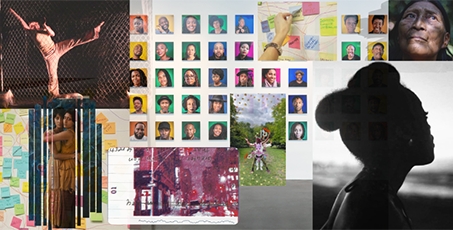 Creative ResearchThe Initiative supports and highlights interdisciplinary and collaborative research in all modalities, present and imagined - encouraging curiosity, investigation, and entrepreneurism, through advocacy, grant planning, mentorship and funding opportunities.
Creative ResearchThe Initiative supports and highlights interdisciplinary and collaborative research in all modalities, present and imagined - encouraging curiosity, investigation, and entrepreneurism, through advocacy, grant planning, mentorship and funding opportunities.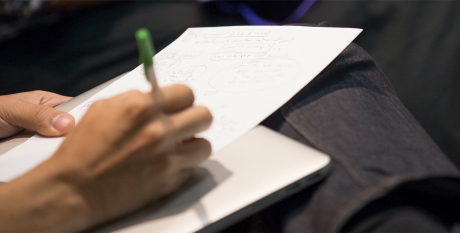 Center for Research & StudyThe Center gathers three scholarly departments at Tisch whose main focus lies on the creation of theory, historical research, and critical and social analysis in areas relevant to art making: Art & Public Policy, Cinema Studies, and Performance Studies.
Center for Research & StudyThe Center gathers three scholarly departments at Tisch whose main focus lies on the creation of theory, historical research, and critical and social analysis in areas relevant to art making: Art & Public Policy, Cinema Studies, and Performance Studies.